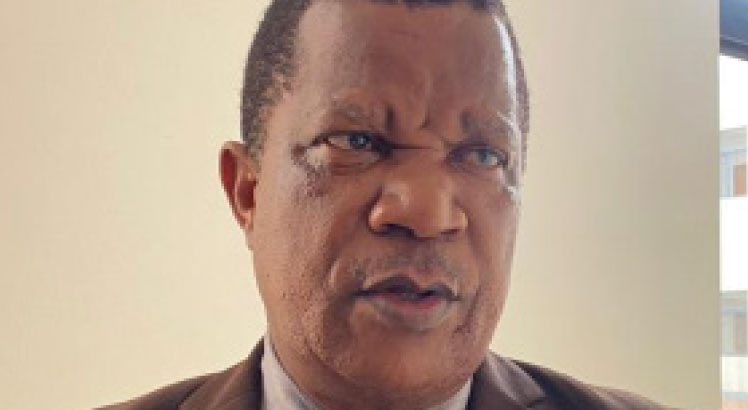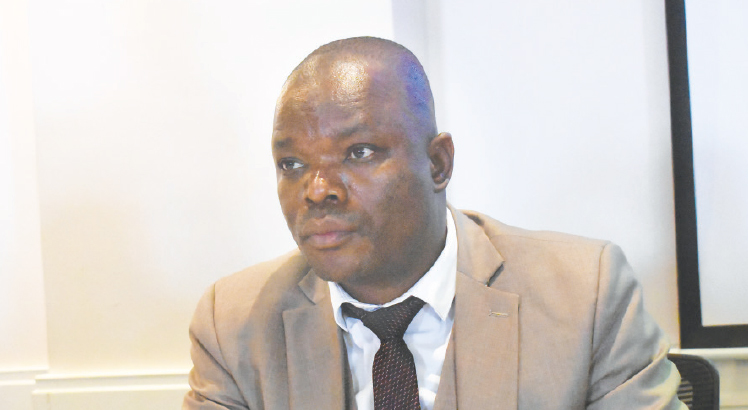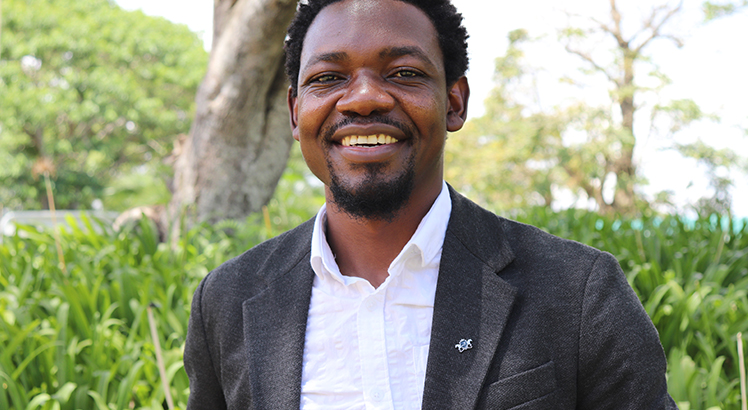CAT initiative promoting agriculture technologies
Centre for Agriculture Transformation (CAT) has devised a way of bringing various technologies to farmers. The technologies are being showcased on smart farms at Lilongwe University of Agriculture and Natural Resources (Luanar) campuses. CAT is being financed by the Foundation for a Smoke Free World through Agriculture Transformation Initiative in the country. Our Staff Writer JACOB NANKHONYA caught up with CAT’s director for Science and Technology and Innovation DR GEOFFREY KANANJI who shed more light on the matter and other relevant issues. Excerpts:

What are smart farms?
They are a platform where agricultural technologies are brought at one place for farmers and other stakeholders to appreciate. They were conceived because of the understanding that there are good technologies out there which farmers are not accessing. The CAT, therefore, works with companies that showcase their technologies on the farms and also with farmers who appreciate these technologies. The CAT will solicit feedback from the farmers on say, what do they want improved on a particular technology. We have looked at the entire value chain and considered what things a farmer would want to see. We believe that farmers learn faster when they see.
What are some of the technologies that you showcase at smart farms?
At smart farms we have improved crop varieties such as cereals, legumes, root crops and horticultural crops. We also showcase crop nutrition technologies and this is important, especially now that access to organic fertiliser is becoming a nightmare. Of course, looking at the way our soils are at the moment, we can’t claim that we can run away from fertilisers while maximising productivity. In this regard, we are also working with fertiliser companies that are showcasing their products. We also have technologies around crop protection. We are also showcasing affordable irrigation and mechanisation technologies all of which are important in promoting profitable agribusiness.
What are you doing to prevent the chemicals from damaging the environment and human health?
We are mindful of these things to ensure that we take care of the environment that we plant our crops in. We, therefore, have what we are calling ‘ecosystem restoration’. Here we are saying that we should be responsible by having deliberate arrangements put in place to measure the water and soil quality. We have a post-doctoral fellow working with us to champion the ecosystem restoration initiatives.
CAT has science, technology and innovation (STI) and, also, business incubation and commercialisation (BIC) streams, what is the link between the two streams?
They are interconnected. Once we bring partners to smart farms, farmers will begin to demand the technologies they will fall in love with. We immediately need to think of how we can address that need, hence identifying a partner who can commercialise a particular technology. For instance, after farmers from Dowa fell in love with how bananas can be grown at our Bunda Smart Farm, Holtnets moved in to Dowa and set up a demonstration plot there and started providing technical support and, also, selling banana suckers to farmers.
Do you see Malawi coming up with a crop that can effectively replace tobacco?
At this point in time we can’t begin to say that there is a crop that is replacing tobacco, but that cannot stop us from thinking big. We need to remember that the tobacco sector is where it is today because it has a very well structured market. If we can borrow the same thinking, we can actually promote a crop or crops that can gradually be able to replace tobacco. If we can only get organised and support other value chains, we can effectively support other value chains.
What needs to be done for more farmers to effectively realise more returns from farming while subsequently ending food insecurity?
Among others, the following need to be done:
- Diversify. Farmers need to have an array of crops in order to reduce risks where one crop may not do well due to say, unreliable weather conditions.
- Think value addition even at farmer level.
- As government and private sector we need to capitalize the farmer. Farmers need capital for them to be able to produce substantial and quality produce that can fetch them substantial returns on the market.
- Get organised. The moment farmers get organised, it would be easy for them to get extension services. There was a time when the country had robust farmers’ clubs which became handy by extension service workers but now when we are, actually, grappling with dwindling numbers of extension workers, we also don’t have many vibrant farmers’ clubs. Organised farmers will also have a stronger bargaining power.
The need to embrace technology. Good agriculture technology will help farmers produce a lot and high quality produce per unit area. This is important, especially at the moment where population keeps increasing thereby putting pressure on available land for food production.





